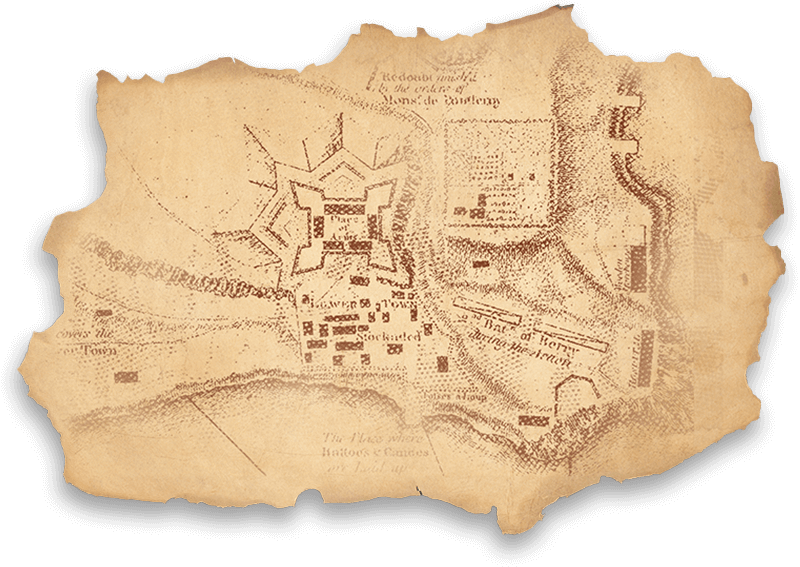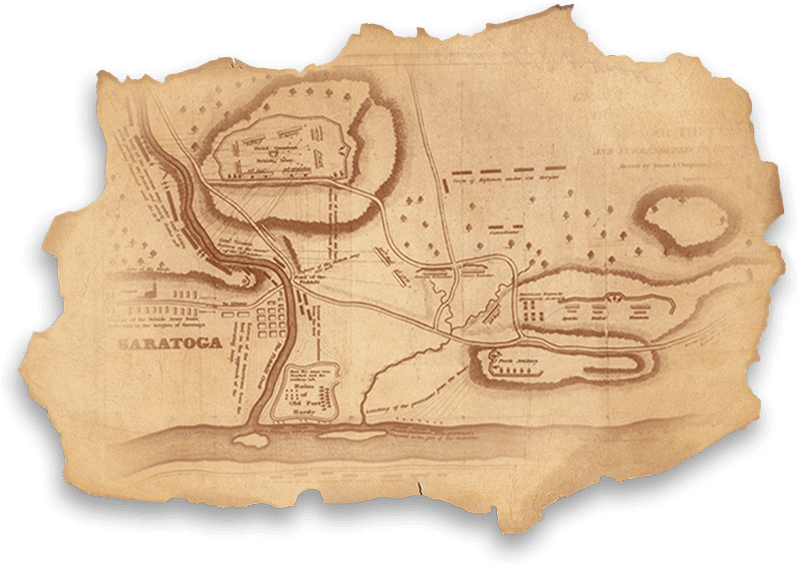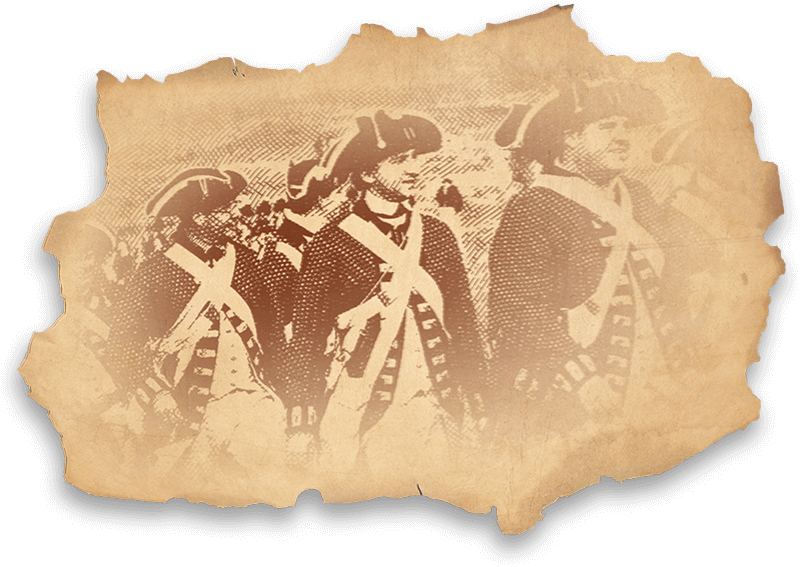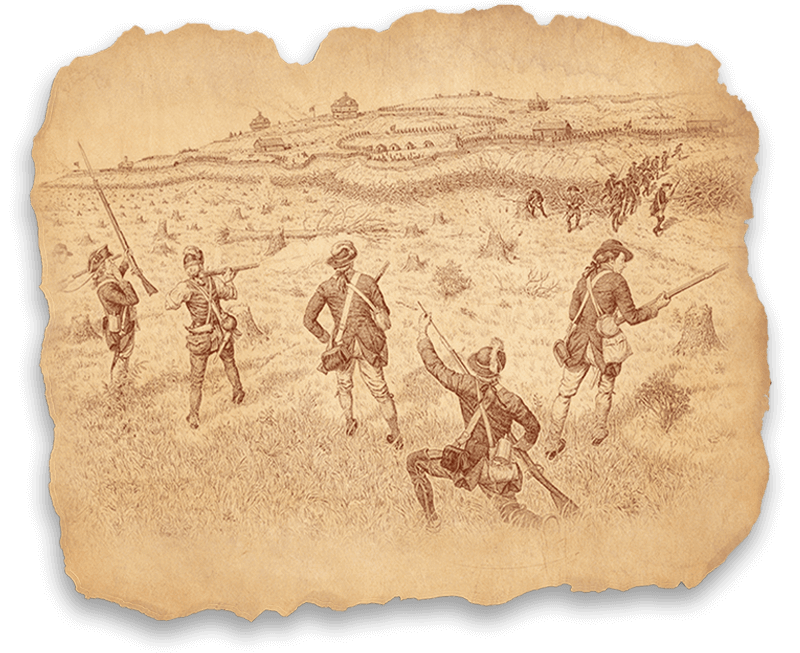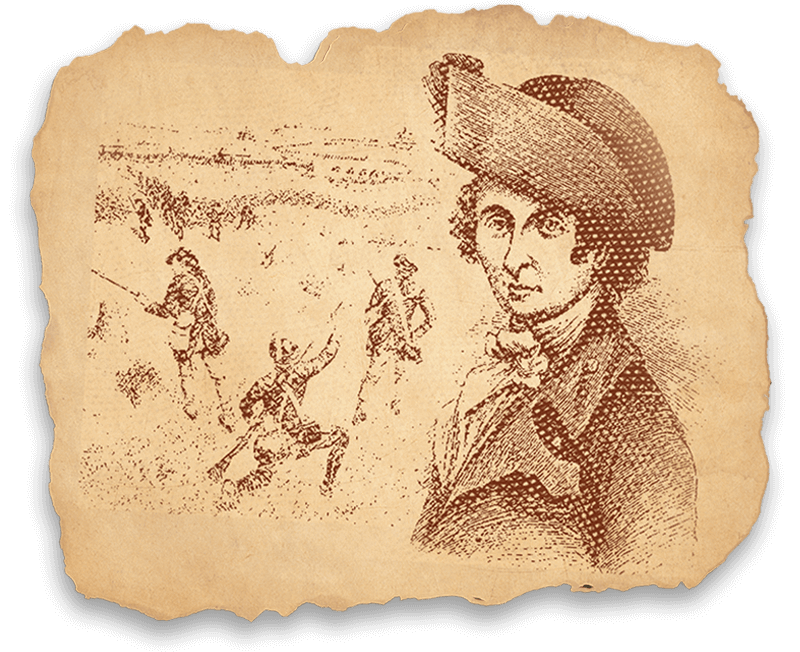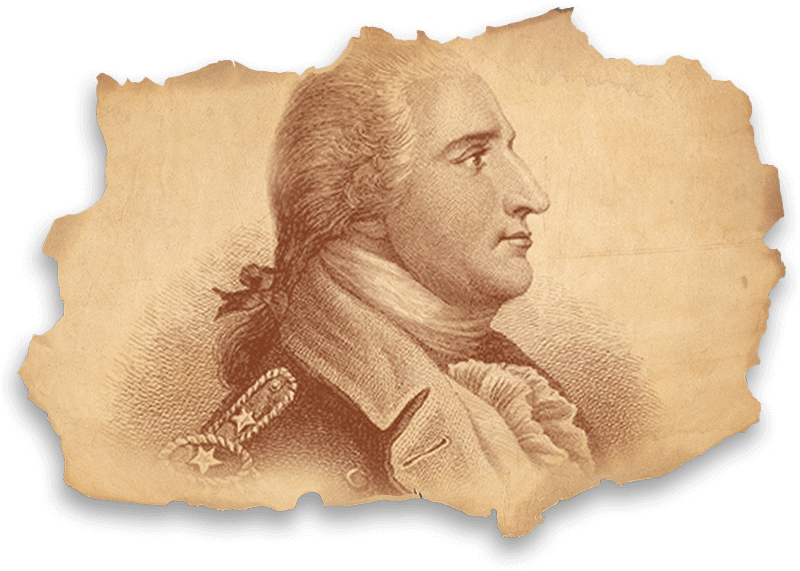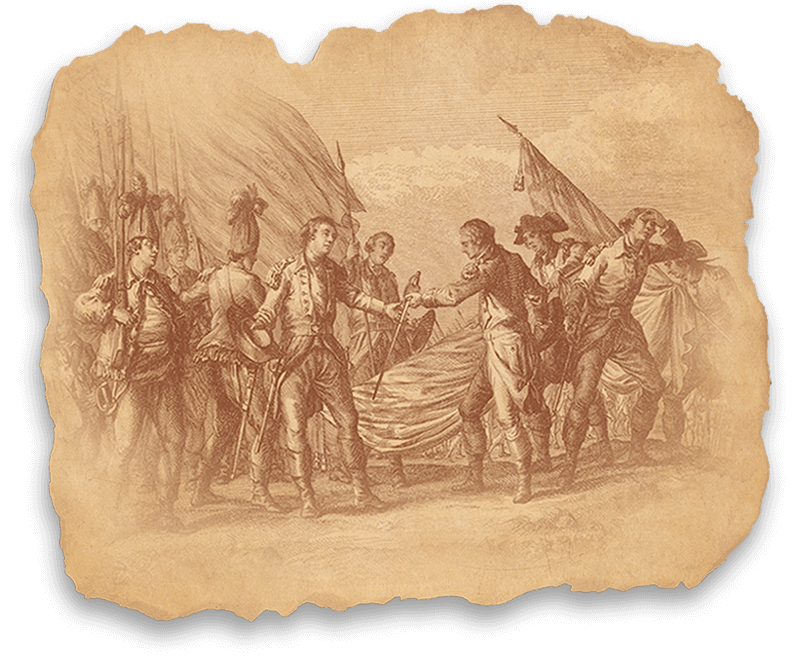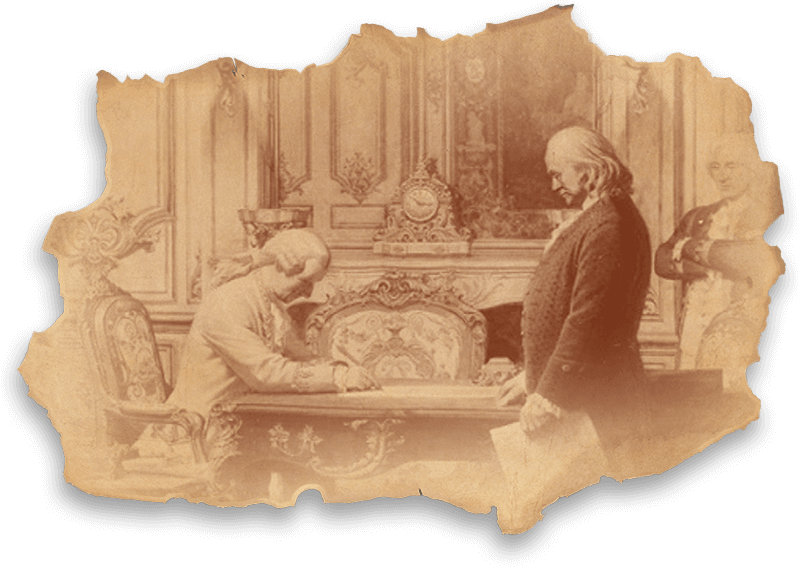Fort Ticonderoga's Capture
With an outdated infrastructure at Fort Ticonderoga, located about 80 miles north of Saratoga, and a shortage of Continental troops, American General Arthur St. Clair evacuates the fort to avoid being surrounded and overwhelmed by Burgoyne's advancing army.